David Hockney at Tate Britain: A must-see 60-year retrospective
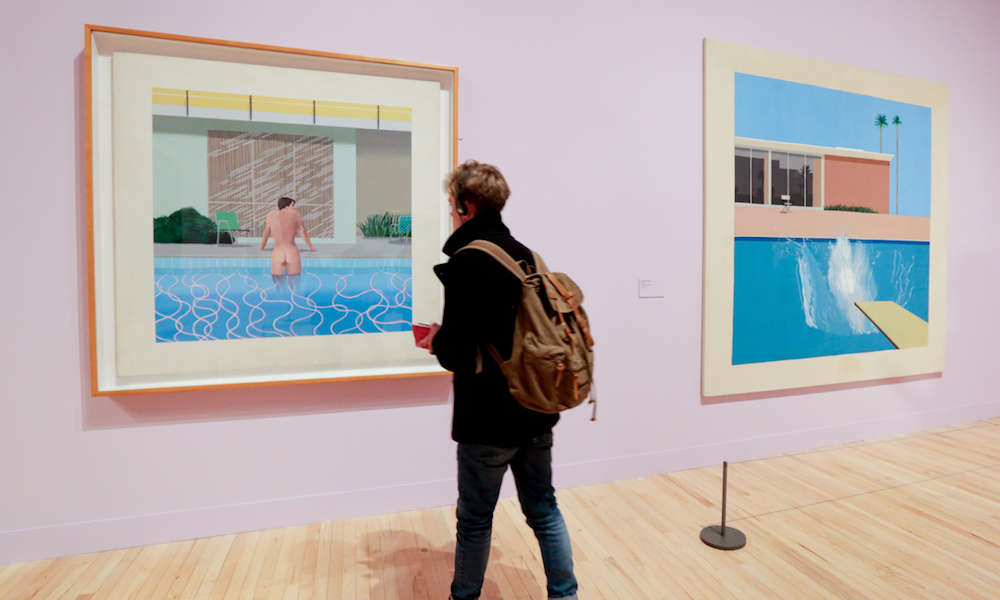
“I paint what I like, when I like, and where I like, with occasional nostalgic journeys,” wrote David Hockney in 1962. 60 years on, that sentiment remains – except now it involves an iPad.
Launched as the Yorkshireman approaches his 80th birthday, Tate’s comprehensive retrospective celebrates six decades of the iconic – and lesser known – paintings, drawings, film and photography from the prolific artist: from his early stylistically experimental Demonstrations of Versatility while studying at the Royal College of Art, through the pop art LA swimming pool paintings and naturalistic double portraits of the 60s and 70s, to his 1990s-2000s East Yorkshire and Grand Canyon landscapes and more recent pieces after a return to California in 2013.
Ostensibly wildly different in style and execution, what becomes clear through the brightly coloured, varied collection is a common preoccupation with perspective, Hockney reportedly lambasting the dominance of single-lens-camera shots as like “looking at the world from the point of view of a paralysed Cyclops for a split second”, rather than the multi-angled, fluid way we see and experience the world.
As such, each distinct room of the exhibition presents a fresh attempt to combine multiple perspectives into a flat image, capturing periphery, space, depth, time – and emotion – in the way they are lived. For example, creating impossible realities and subverting illusion in pieces such as Play within a Play (1963).
Encouraged to “paint what you love” at the Royal Academy, we see his bold and courageous depiction of homosexuality, studying the male physique in his swimming pool pieces such as Peter Getting Out of Nick’s Pool (1966); intimacy in Domestic Scene, Los Angeles (1963); and desire in The Room Tarzana (1967). We see how he played with artistic convention itself, simultaneously employing and critiquing its devices of abstraction such as in satirical Rubber Ring Floating in a Swimming Pool (1971) and A Bigger Splash (1967). Through drawing he saw an opportunity to look even more closely at a subject; charcoals and sketches demonstrate an economy of marking to reveal emotion and detail in self-portraits and portraits.
Hockney was an early adopter of technology and the exhibition moves through to his experimentation in cubist assemblages of multi-viewpoint photos such as Pearlblossom Highway (1986); multi-screen films of a tree-lined road in Yorkshire through seasons (a great contrast to seasonless California); and finally a surprisingly stunning set of scrolling images created on an iPhone and iPad. Far from diminishing, the form, able to display not only his completed image but also an animation of every stroke made by his finger or stylus, becomes an exciting new medium to explore ways of looking and seeing.
Arguably one of the most recognisable artists of our time, Hockney’s most reproduced pieces can perhaps seem overexposed to the point of losing impact. But what this carefully curated exhibition (successfully) seeks is to contextualise those popular images to tell a fuller, more coherent story about Hockney’s evolutionary art. Through its trajectory it reveals a serious and profound questioning of representation and its role in the way we look at the world, all expressed with witty intelligence and playful curiosity that consistently resist complacency.
Sarah Bradbury
Photos: Kimberley Archer
David Hockney is at Tate Britain from 9th February to 29th May 2017, for further information visit here.
For further information about David Hockney visit here.

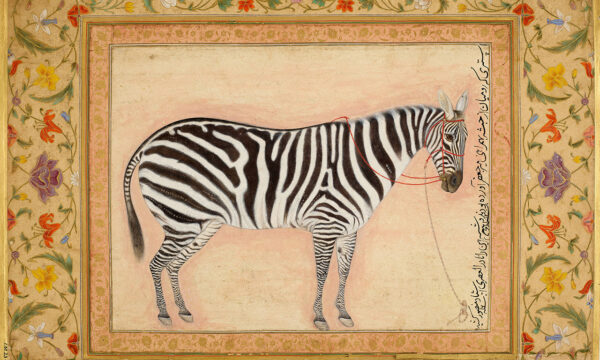
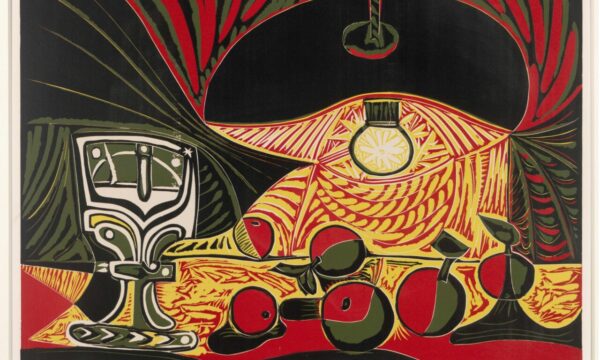
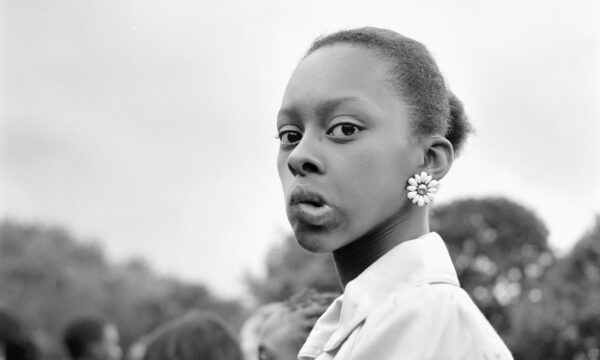
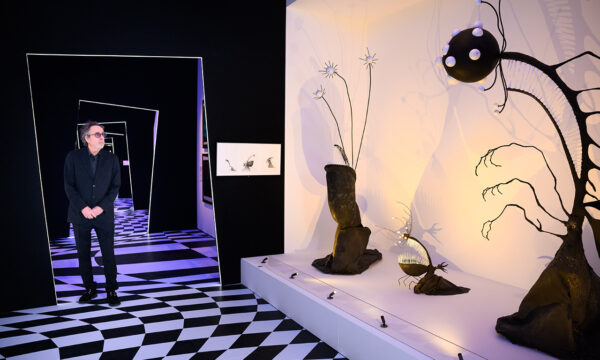
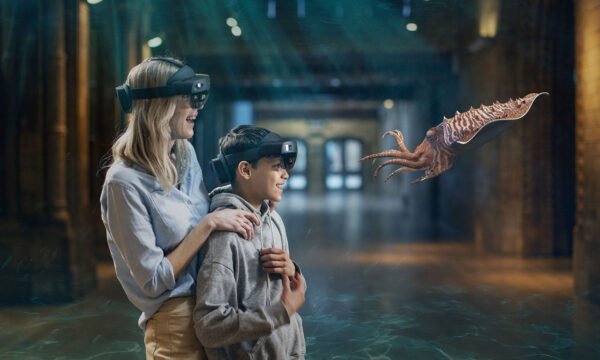
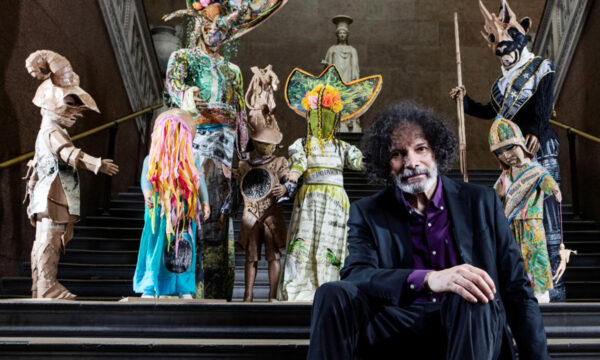
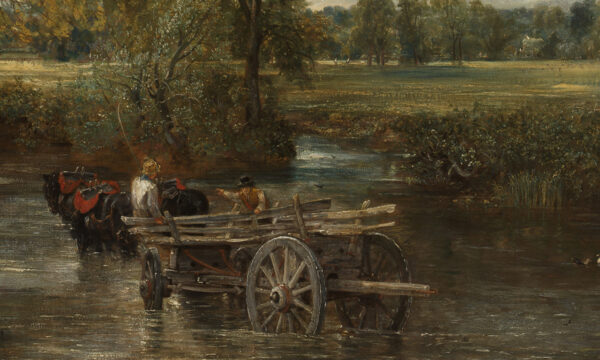
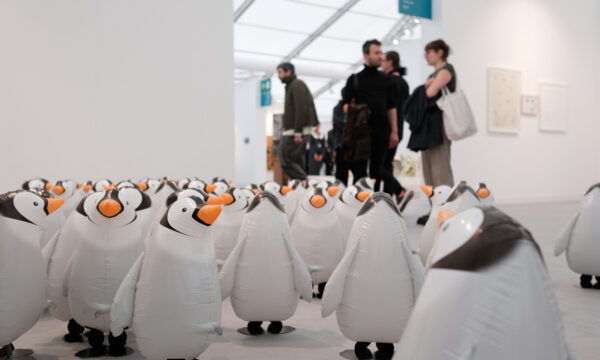
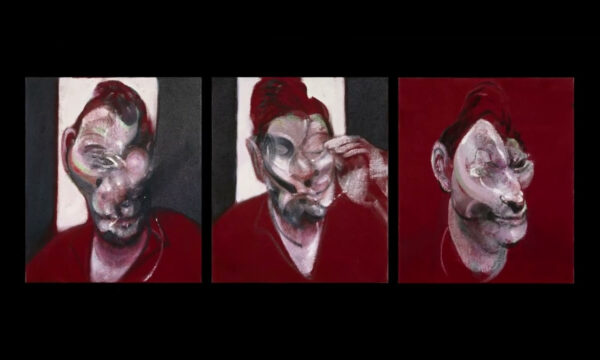









Facebook
Twitter
Instagram
YouTube
RSS